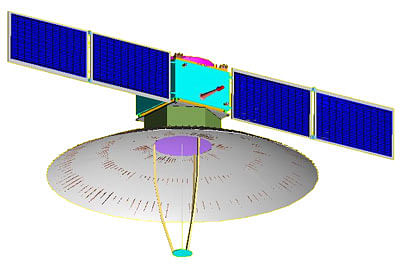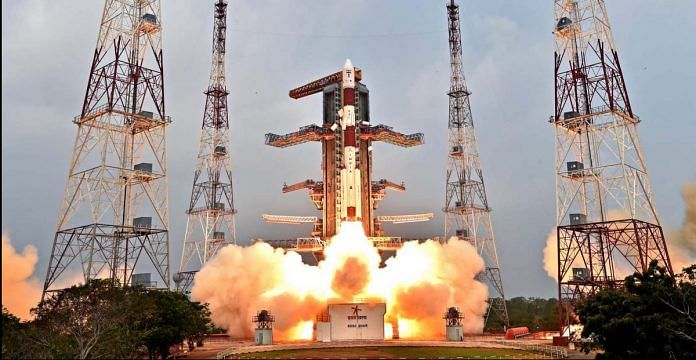Bengaluru: The Indian Space Research Organisation (ISRO) is all set to launch its radar earth imaging observation satellite, RISAT-2B, Wednesday morning.
The launch will take place from Satish Dhawan Space Centre in Sriharikota, Andhra Pradesh, an ISRO statement said.
The Polar Satellite Launch Vehicle (PSLV) rocket will fly in its ‘core-alone’ configuration, carrying the lone payload to a 557-km orbit at an inclination of 37 degrees to the equator.
Data from the satellite will find applications in the fields of agriculture, forestry and disaster management.
What is RISAT-2B?
The RISAT (radar imaging satellite) programme consists of a series of satellites launched by the ISRO for the primary purpose of reconnaissance and earth imaging. They are the first group of observation satellites that use radar, and are thus capable of ‘all-weather’ observations, unlike earlier satellites that could be affected by cloud cover.
The first of these satellites was RISAT-2, launched in 2009. Its launch was expedited after the 2008 Mumbai terror attack. Capable of military surveillance, RISAT-2 also aided the search when Andhra Pradesh chief minister Y.S. Rajasekhara Reddy’s helicopter crashed in September 2009.
RISAT-1 was launched three years later in 2012 and operated for six years. In 2018, it was declared non-operational by ISRO.

RISAT-2B to have two duplicates
The RISAT-2B will be the third satellite of the RISAT programme to be launched. There will also be two identical duplicate satellites, named RISAT-2B1 and RISAT-2B2, to be launched in the future, with 2B1 expected to be in orbit later this month. The three satellites — RISAT-2B, RISAT-2B1, and RISAT-2B2 — will be used to ensure the continuity of service for RISAT-2.
The satellite launching Wednesday itself weighs 300 kg, and 615 kg including the fuel needed in space to reorient it.
The mission is expected to last five years. The satellite will orbit at an altitude of 555 km and operate on the X-band. It will be capable of providing localised warnings and aid during disasters.
The PSLV rocket will fly for the 48th time in its history in the ‘core-alone’ configuration, with no boosters strapped to its sides for the 14th time.
According to a report by The Times of India, there are also two new components on this launch vehicle — an indigenous microprocessor chip called Vikram and a low-cost sensor platform that works with the Indian version of GPS called NAVIC. Both these components are expected to be fitted into future rockets as well.
Also read: New wave of satellites could pinpoint greenhouse gas offenders



